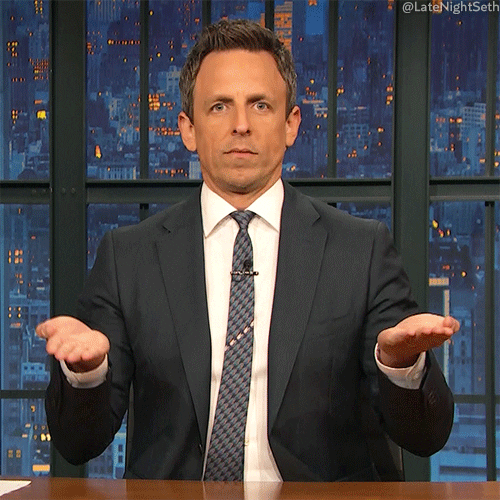I come from a family of 8 siblings and I am the youngest of the bunch. My parents immigrated from a war-torn Vietnam, leaving behind all that they knew to provide my siblings with a better future. Once in America, I was born and my parents were devastated to know that I had a terminal transverse limb deficiency. More specifically, I was born missing my left hand. As a child, I didn’t notice my differences, but as I grew older, I became aware of the stares I would get from strangers. I felt embarrassed and thought the only way I could protect myself from the peering eyes was by covering my left arm.
"My parents were devastated to know that I had a terminal transverse limb deficiency."
I come from a family of 8 siblings and I am the youngest of the bunch. My parents immigrated from a war-torn Vietnam, leaving behind all that they knew to provide my siblings with a better future. Once in America, I was born and my parents were devastated to know that I had a terminal transverse limb deficiency. More specifically, I was born missing my left hand. As a child, I didn’t notice my differences, but as I grew older, I became aware of the stares I would get from strangers. I felt embarrassed and thought the only way I could protect myself from the peering eyes was by covering my left arm.
In middle school, I never felt like I belonged and that left me in deep depression. Unable to connect with others, I allowed my grades to drop and in the eighth grade, I started to have thoughts of hurting myself. Soon after, my family became aware of the difficulties I kept bottled up inside and instead of attempting to understand my perspective, I was told I was being too sensitive. That moment in eighth grade made me realize this: growing up in an environment surrounded by fear of terrorism caused my family to be in constant survival mode. Understanding my family’s history helped me cope with how harshly they reacted to my cries for help. It was then that I realized no one could help me if I didn’t learn how to verbally express how I was feeling. Over time, I learned to open up about my feelings through writing and that helped me shift to a positive mindset.
During my senior year of high school, I took my first chemistry class and immediately fell in love with the subject. Chemistry became a passion to me; so much so that the subject became a second language that I could not learn fast enough. During this time, I revealed to my family that I wanted to work in the field of pharmacy. My dad responded by questioning how I would open a pill bottle with one hand. He suggested that I become a teacher instead. It wasn’t until years later that I understood why my father reacted negatively about my career choice. He didn’t say those things to hurt me, but rather, he said them because he wanted to protect me. He was afraid that I would be a subject of prejudice because of my disability. However, I knew that I was great in the field of science, and I chose not to let my father’s harsh words get the best of me. Instead, I allowed his statement to encourage me to work harder than the average person.
"there isn't anything wrong with me, I am just different."
In college, I chose to major in chemistry with a concentration in biochemistry. This would allow me to study my favorite subject while feeding my interest about my disability. I took classes such as genetics and developmental biology that helped me discover what I should have known all along: there isn’t anything wrong with me, I am just different. Just as mutations in genes cause us to have different hair or eye color, my disability is simply a mutation and doesn’t make me any less of a person. My curiosity helped me discover my passion for science and put a final end to thoughts of self-harm. I learned to understand and accept myself. If it wasn’t for my father telling me I couldn’t pursue a career in pharmacy, I don’t think I would have been as determined to reach my goals. I worked extremely hard and I will be attending pharmacy school this coming fall to obtain my doctorate in pharmacy.
Growing up, my parents didn’t allow me to play sports. I remember in elementary school I had asked my parents if I could join gymnastics and I was told my disability would prevent me from performing anything. It has been a struggle to get that voice out of my head telling me, “You can’t do it because your disability won’t allow it.” I am constantly reminding myself that I can do it as long as I try. After graduating college, I started becoming more serious about my health and fitness routine. I discovered the Lucky Fin Project which helped me connect with others who have the same condition as me and are active members of the fitness world. I learned various modifications such as using weight lifting hooks so I could deadlift and perform upper body workouts. The gym has changed me both physically and mentally. Physically, I am the healthiest I’ve ever been. Mentally, I have learned to get creative with modifications and accept that I can accomplish anything as long as I keep trying. Being born without my left hand has been a blessing that has opened a door to many opportunities. I could have easily continued down the destructive path, but instead, I changed my mindset and realized I have a lot to contribute to the world.
You can find Dalena on Instagram at @dalenasphotos.







